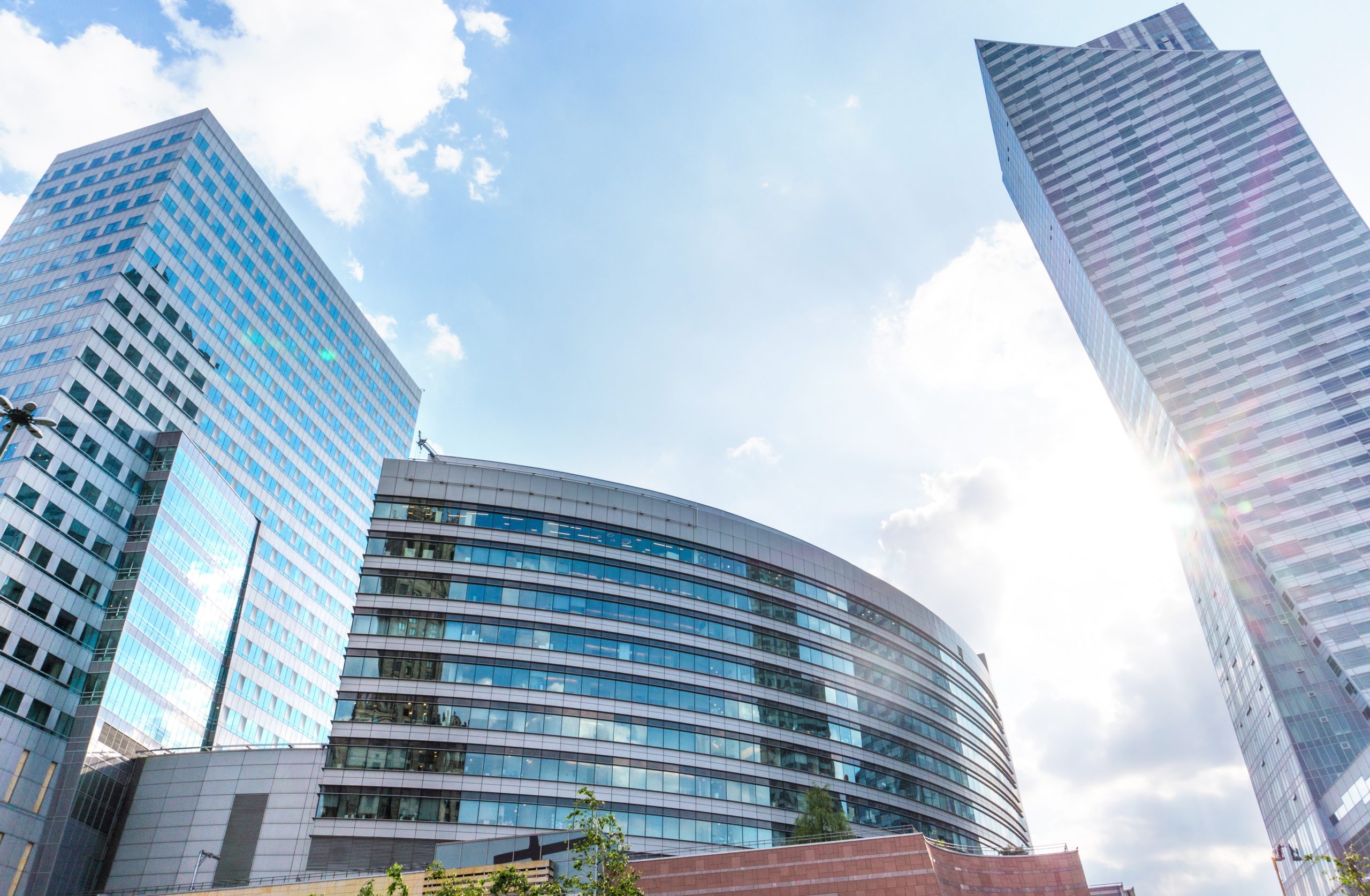Commercial real estate development continues to be a solid investment. Many developers reasonably expect returns of ten percent or more. Successful developers first discern what type of financing their projects need based on liquidity, development scale, and how much stake they retain in each project. There are at least four different avenues of financing available to commercial developers. Each avenue has its pros and cons, and this brief overview should give you a better idea which option might be the best fit for you. Here are four different types of financing available to today’s commercial real estate developer.
Bank Loans
Bank loans typically offer lower rates than other types of loans. The use of traditional qualifications lowers the risk of default for the borrower because it is a recognized system that motivates the borrower to maintain a solid credit standing. Since loans are long term, they are often extended to 20 years or more allowing the developer to pay them off over time while maintaining some liquid assets for future developments. While there are solid benefits to obtaining a bank loan for commercial real estate development, there are some drawbacks. Banks are more rigid when it comes to down payment, income verification, and credit score requirements, and they often won’t approve loans for non-conforming product types. The approval process for bank loans is also longer. Some loans can take up to three months for approval, and banks have high prepayment penalties
Hard Money Loans
The primary benefit to hard money loans is the speed at which they can be processed—sometimes in as little as a day. This is due to fewer eligibility requirements, which don’t extend far beyond the amount of equity the borrower has in the property and the borrower’s cash on hand. Private lenders provide money to investors on projects that banks and other traditional lenders won’t finance, such as fix-and-flip projects. Interest rates are higher on hard money loans. This is due to the risk factors to the lender and the convenience to the borrower. Private lenders usually charge points—a percent of the loan amount—to be paid prior to the first payment installment. The average is two to four points per loan. The heightened risk to the lender dictates shorter loan terms, which typically don’t extend for more than two years
Equity Offers
The beauty of equity offers is that developers can get financing for their commercial real estate developments without taking out a loan. That means there is nothing to pay back, but it also means the developer must give up partial ownership of the project to investors. That results in sharing profits with investors on the back end when the property sells or, if it is a rental or lease property, sharing in the ongoing receivables. If the project fails, the developer’s reputation with investors could take a hit. Some private investors will likely see him as a bigger risk on future developments
Marketplace Loans
Marketplace loans offer commercial real estate developers a fast and easy application process, and there are usually no prepayment penalties. On the flip side, the borrower could be subject to higher interest rates if they do not have a good credit history or lack experience in commercial development. One downside could also be seen as a positive. Marketplace loans tend not to exceed $40,000, which means larger projects have to go elsewhere. However, smaller projects can get the funding they can’t get elsewhere.
Conclusion
Commercial real estate development continues to be a lucrative financial space, and developers stand to gain their greatest profits by knowing which of the available financial options fit their goals. With thorough due diligence, developers can value each of the options and choose the one that is best for each real estate project.


